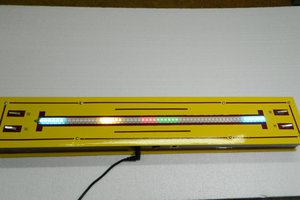By the way, subscribe to my YouTube channel for more projects like this. I also update my upcoming projects on Instagram.
buy me a coffee! ☕: Donate
- DFRobot WS2812 12bit RGB LED Ring (amazon.com / amazon.in / dfrobots )
- TP4056 Type C module (amazon.com / amazon.in / dfrobots )
- Attiny85 SMD (amazon.com / amazon.in )
- Slide Switch (amazon.com / amazon.in )
- Square head tactile switch with cap (amazon.com / amazon.in )
- Battery 600mAh (amazon.com / amazon.in )
- Buzzer (amazon.com / amazon.in / dfrobots )
- MIC5205 (amazon.com / amazon.in )
 vishal soni
vishal soni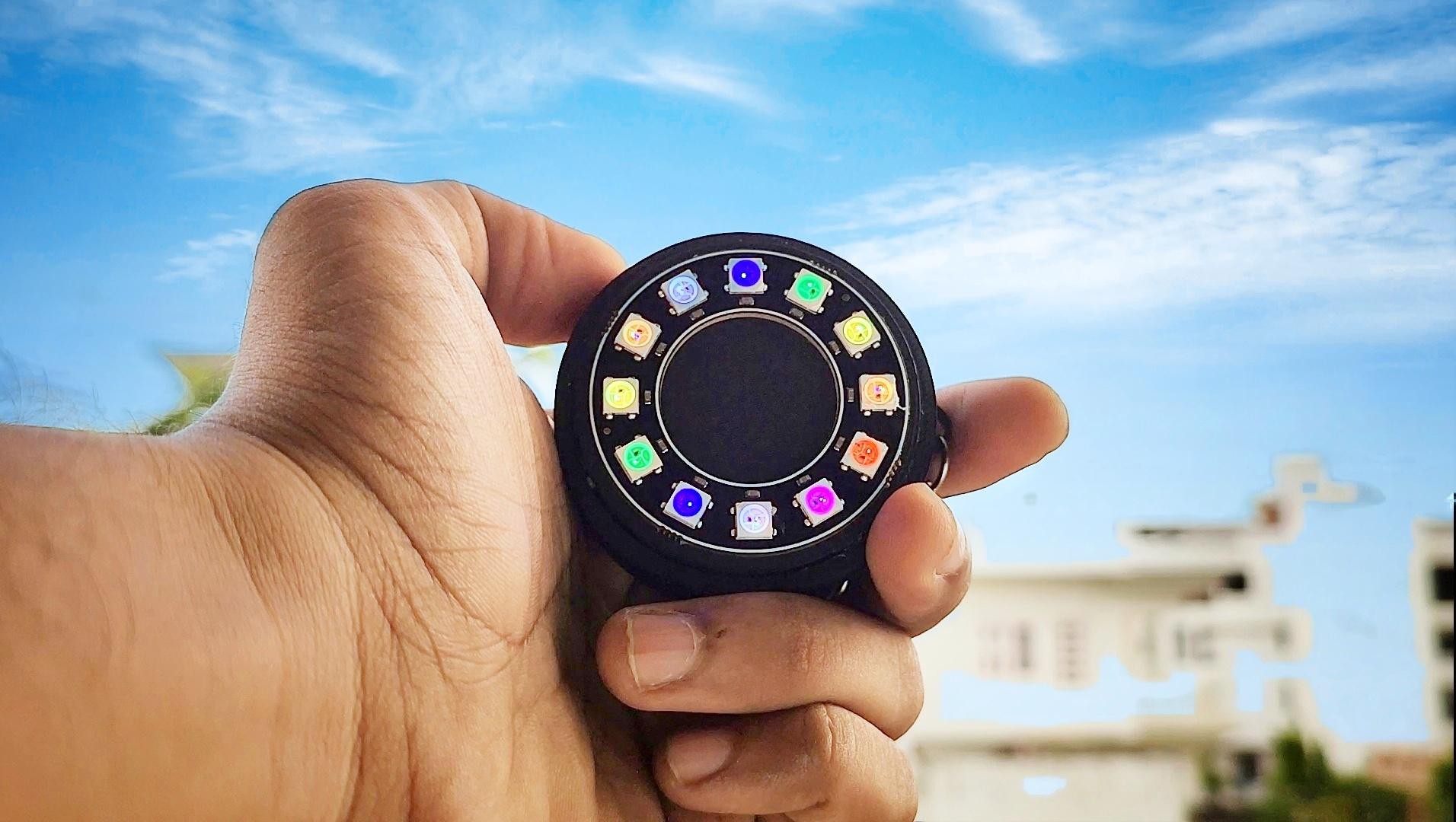
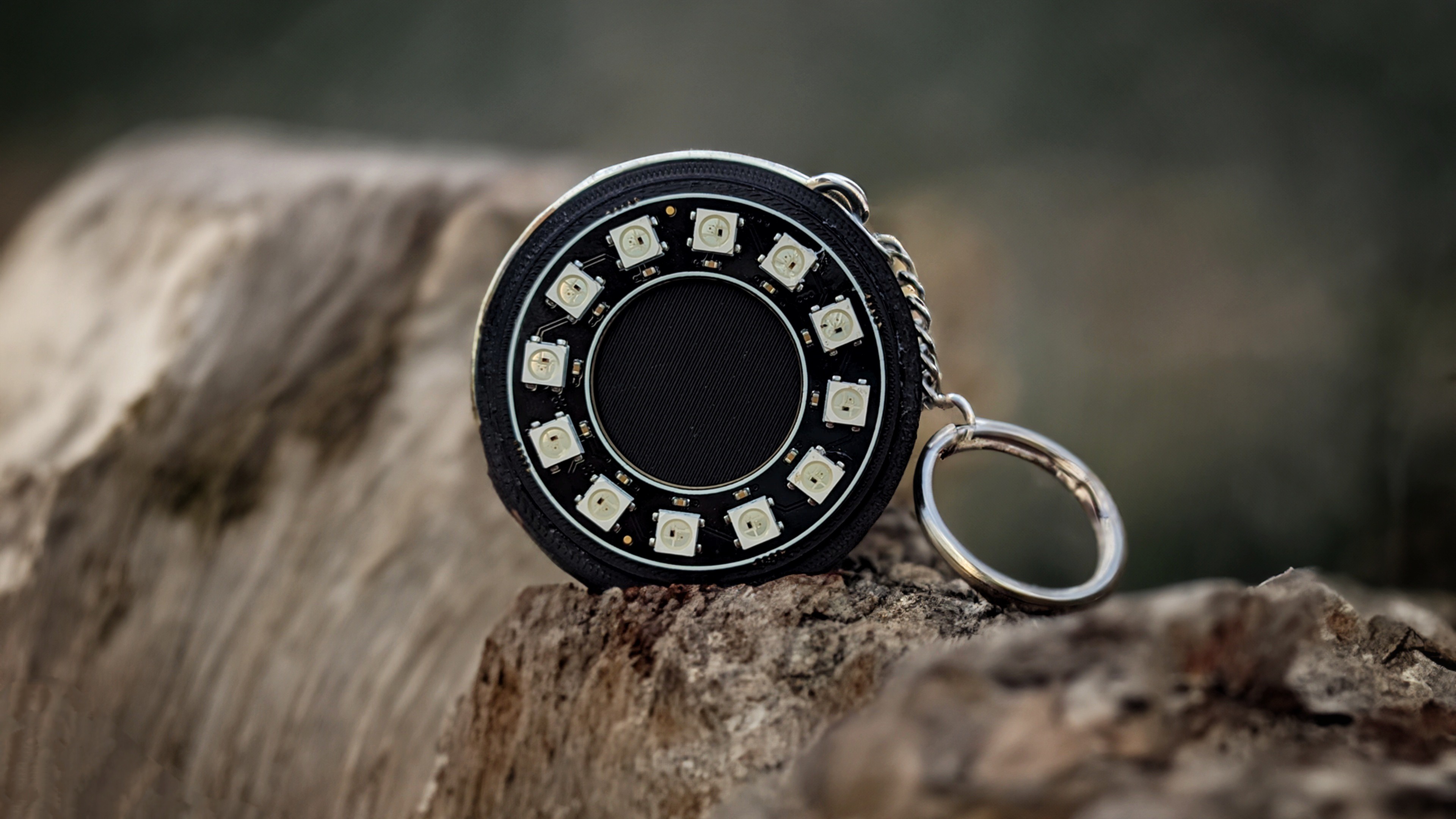
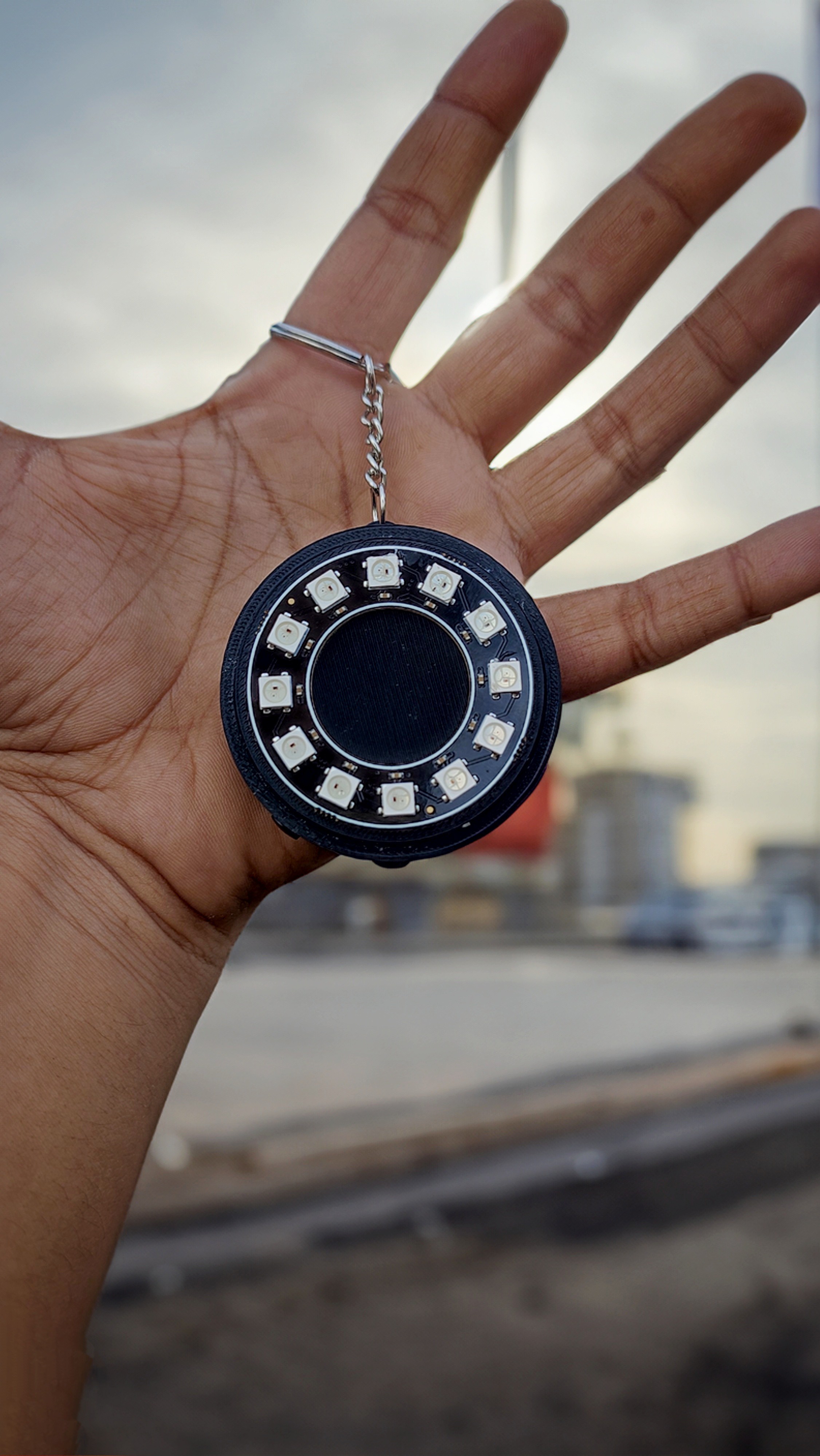















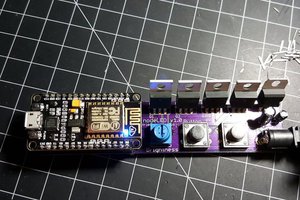
 MobileWill
MobileWill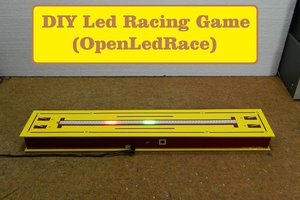
 mircemk
mircemk
